CHILDREN’S INSOLES
Approved by UFSP Podiatrist.
- Podialene 160 White – 5mm
- Podiane + 2mm
- Podiaflex /Fabric Hard Black – 1.7mm
- Podiane + Black – 2mm
- Orthomic Flesh – 2mm
- Viscotene Grey – 2mm
- Podiamic 180 Black – 2mm
The orthosis is built using materials designed to meet the following needs:
• Module 1: Reduce heel bone pain
• Module 2: Cushion to limit pressure and impact at the heel
• Module 3: Distribute plantar pressure
• Module 4: Ensure suitability and durability for sports activities
Sever’s disease is a form of osteochondrosis that occurs in some children’s heels.
It can be more common in physically active children and causes pain in the heel that increases during exercise or walking.
The pain can be quite sharp, and children affected by the condition tend to walk on their toes.
Sever’s disease is one of the most common growth pathologies in physically active children and affects both boys and girls. It usually occurs around the age of 8 and can last until 15 years old. Sports involving repetitive movements, running, jumping, and the use of lower extremities (soccer, basketball, athletics, dance) and upper extremities (gymnastics, throwing sports) can trigger the condition. Inadequate warm-up or improper equipment use can also encourage the onset of the disease.
In the study with 200 physically active children by UFSP Podiatrists:
The first step was identifying children at risk:
- Presence of heel pain
- Presence of a short calcaneal tendon (palpation)
- Degree of valgus (static examination on a podoscope)
- Weekly training time (soft or hard) + hours
After calculating the risk factors, children at risk of Sever’s disease or already experiencing pain were supported with insoles specially developed for Sever’s disease after being observed on a podoscope.
Around 200 children from several football clubs were carefully examined, and 30% of them were diagnosed as being at “risk” of Sever’s disease, meaning they had a short calcaneal tendon and valgus feet, or already had pain. These children were provided insoles, mostly as a preventive measure, and for those with foot pain, as treatment. Young footballers wore the insoles throughout the season and were monitored by football coaches and podiatrists. After one season (September-June), the following observations were made:
• Among the children supported with insoles preventively, only 5% developed pain from Sever’s disease.
• Among the children with pain complaints, 80% experienced pain reduction after wearing plantar orthotics and were able to continue playing football.
• The results confirm that the insoles developed for this pathology are compatible with the patient’s foot type.


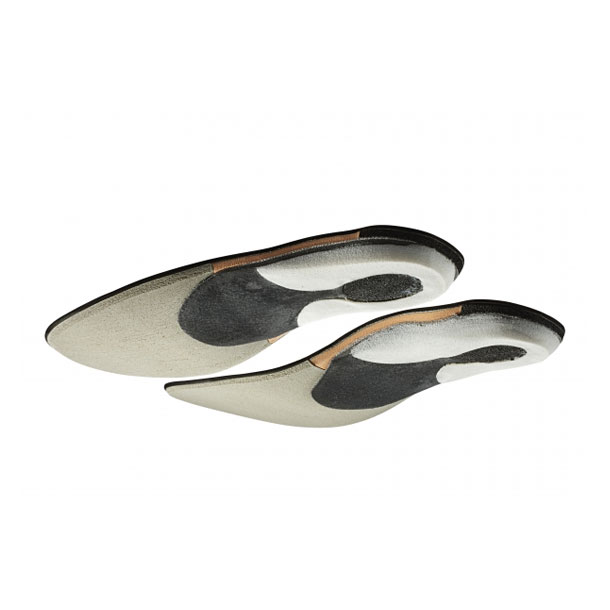




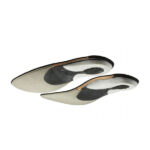



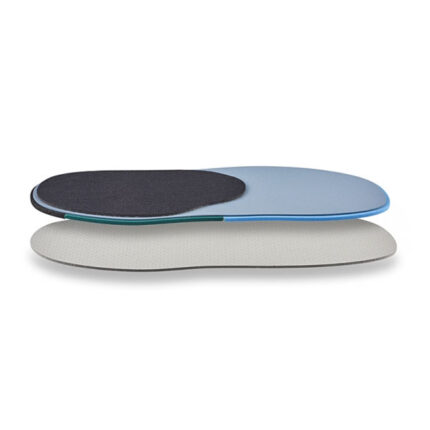




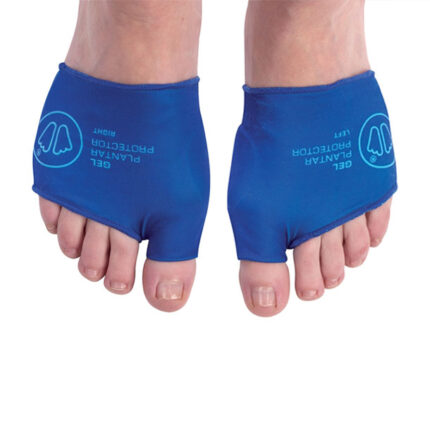



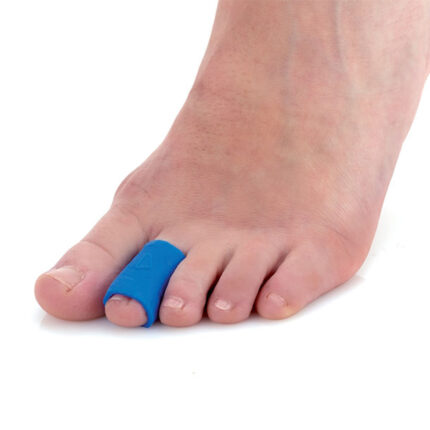
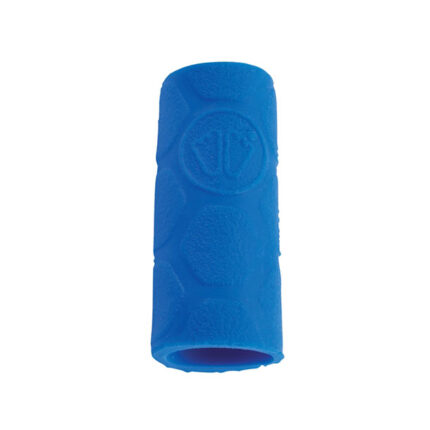
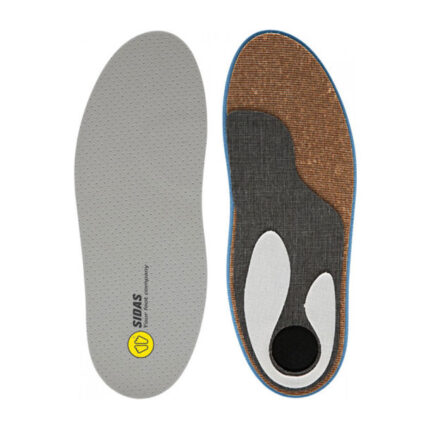

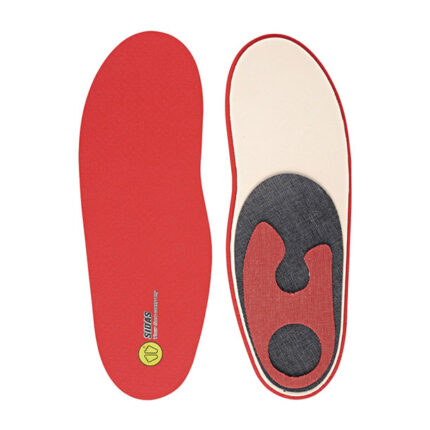



Reviews
There are no reviews yet.